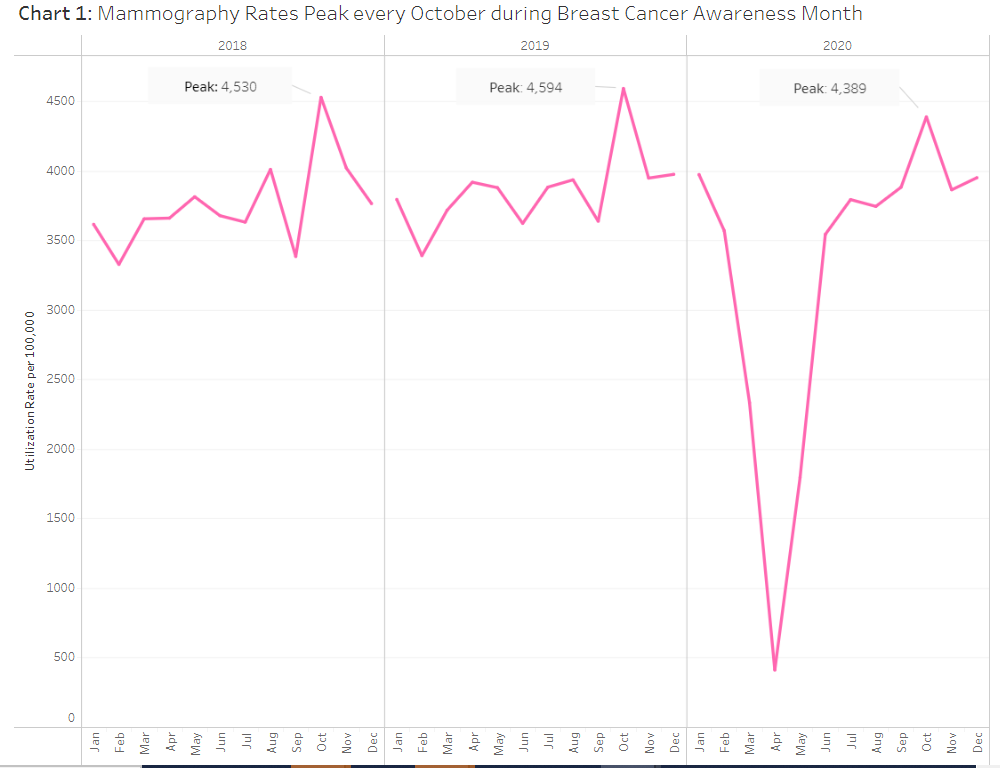Publications
-
Greater Share of Children’s Emergency Room Visits were for Mental Health Needs in 2020
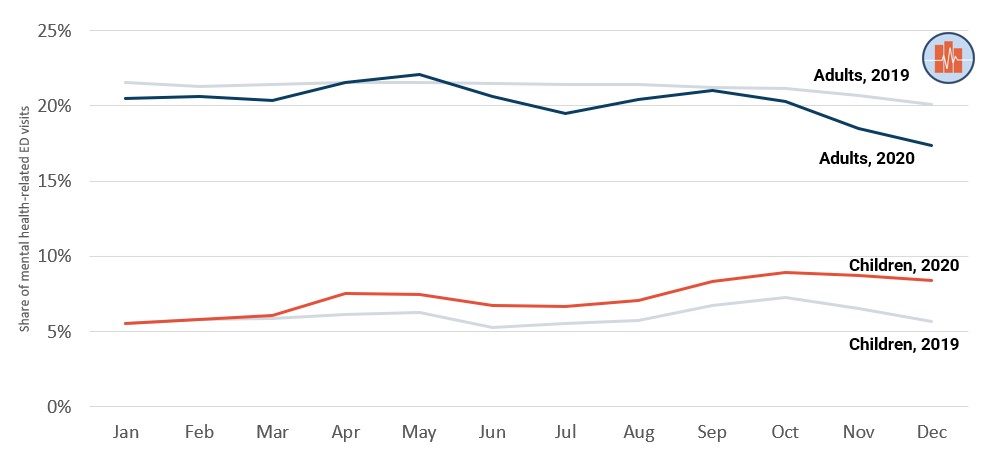 Read more: Greater Share of Children’s Emergency Room Visits were for Mental Health Needs in 2020
Read more: Greater Share of Children’s Emergency Room Visits were for Mental Health Needs in 2020In 2021, the American Academy of Pediatrics, the American Academy of Child and Adolescent Psychiatry, and the Children’s Hospital Association, declared a National State of Emergency in Children’s Mental Health associated with the COVID-19 pandemic, including the loss of caregivers, school closures, social isolation, and gaps in health care (see citations below). Understanding the effect…
-
Trends in HIV PrEP utilization, spending, and price
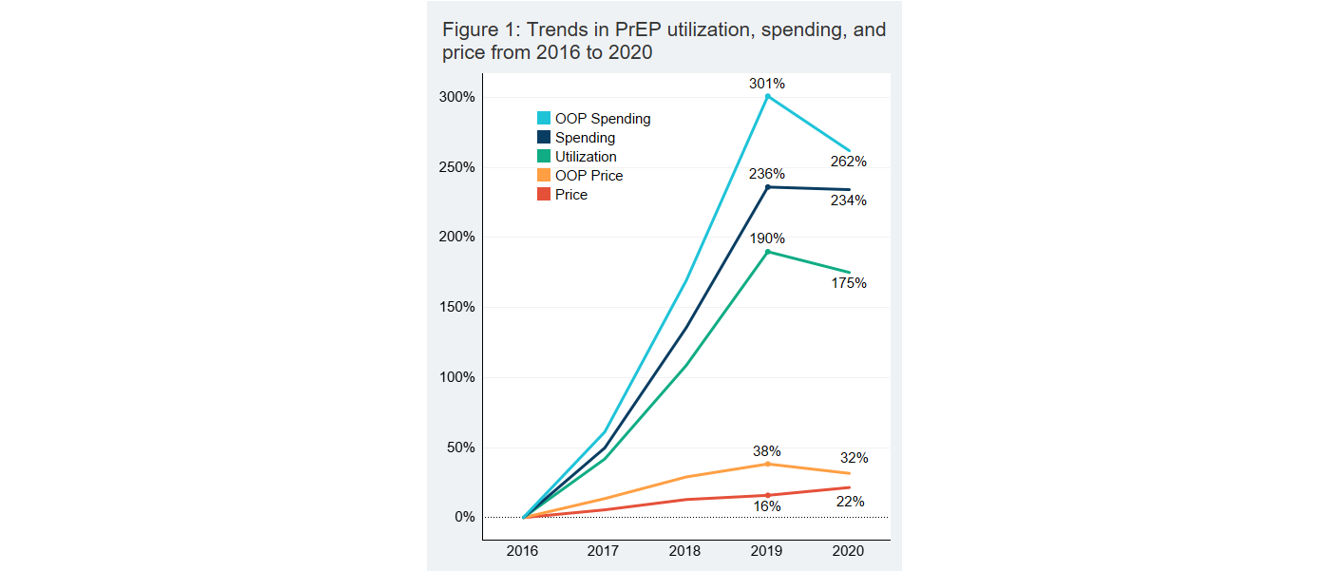 Read more: Trends in HIV PrEP utilization, spending, and price
Read more: Trends in HIV PrEP utilization, spending, and pricePre-exposure prophylaxis (PrEP) for HIV are medications that reduce an individual’s chances of contracting HIV. The CDC estimates that 1.2 million people are at risk of HIV infection and may benefit from a PrEP prescription. We analyzed health insurance claims for 55 million Americans with employer-sponsored insurance in order to examine utilization and spending on…
-
HCCI Spotlights Breast Cancer Awareness Month: Use of Mammograms Peaks in October
Read more: HCCI Spotlights Breast Cancer Awareness Month: Use of Mammograms Peaks in OctoberMammography screenings are recommended every 1-2 years for women aged 40 and older, as well as for younger women who are at high risk for breast cancer. These screenings are an essential tool for early detection and treatment of breast cancer. Using HCCI’s data on people with employer-sponsored insurance as well as Medicare and Medicaid…
-
Biosimilar Savings among People with Employer-Sponsored Insurance Not Keeping Pace with Savings in Medicare
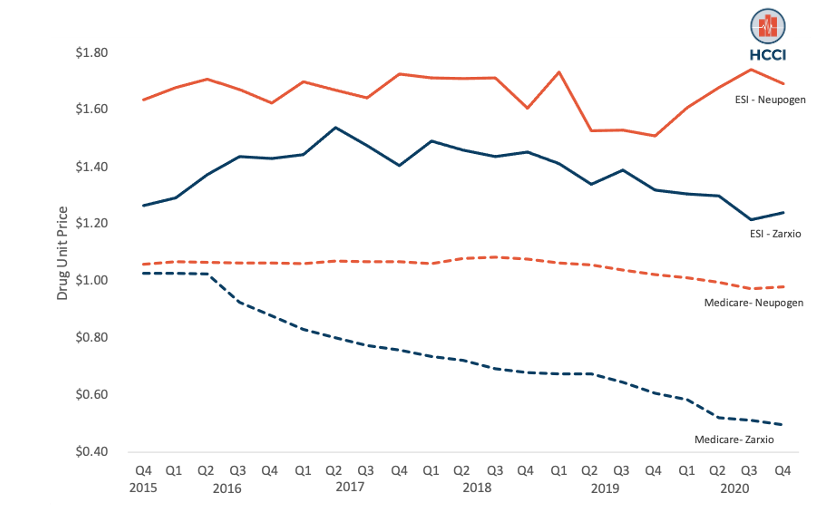 Read more: Biosimilar Savings among People with Employer-Sponsored Insurance Not Keeping Pace with Savings in Medicare
Read more: Biosimilar Savings among People with Employer-Sponsored Insurance Not Keeping Pace with Savings in MedicareBiologic drugs include a range of life-saving medications to treat cancer, diabetes, rheumatoid arthritis, retinal diseases, and many other conditions. Unlike “small molecule” drugs (e.g., statins), which can generally be taken at home, biologics are typically infusions or injections which require administration by a physician or other clinician in a hospital or physician’s office. While just…
-
Children’s Health Services 2020 Report
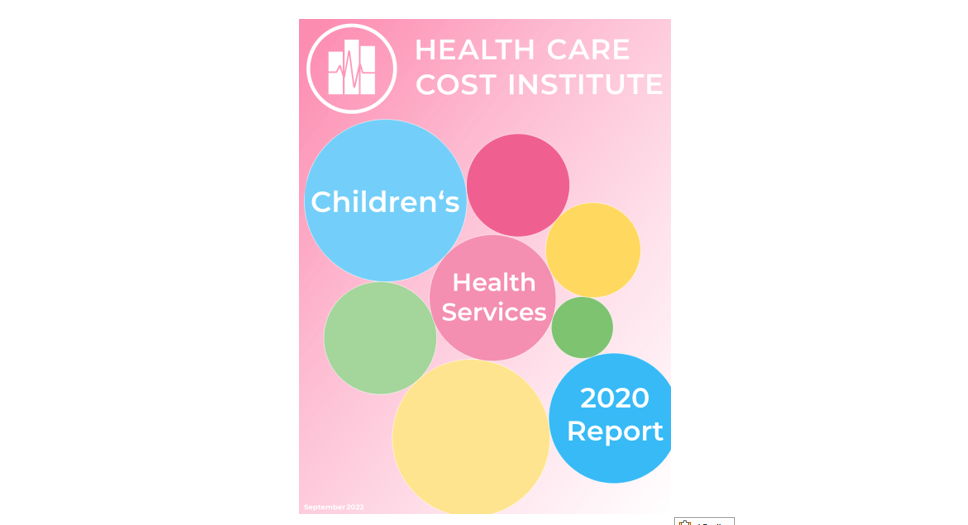 Read more: Children’s Health Services 2020 Report
Read more: Children’s Health Services 2020 ReportThe population with employer-sponsored health insurance (ESI) includes individuals who receive health insurance coverage from an employer, including employees and their dependents, such as spouses and eligible children. Half of the children in the U.S. are covered by ESI, making this form of coverage the largest source of insurance for American children. In this report,…
-
COVID-19 Disrupted On-Time Vaccination Rates In ESI and Medicaid in 2020
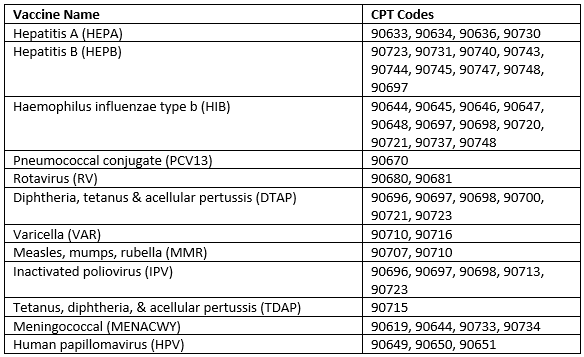 Read more: COVID-19 Disrupted On-Time Vaccination Rates In ESI and Medicaid in 2020
Read more: COVID-19 Disrupted On-Time Vaccination Rates In ESI and Medicaid in 2020It is no secret that the COVID-19 pandemic upended the U.S. health care system in 2020, with effects still being felt in 2022. HCCI previously published a brief that showed precipitous drops in the utilization of several preventive health care services in early 2020. Several news outlets have also covered the effect of the pandemic on routine…
-
Mental Health and Respiratory Admissions Account for the Majority of Non-Newborn Children’s Hospitalizations from 2016-2020
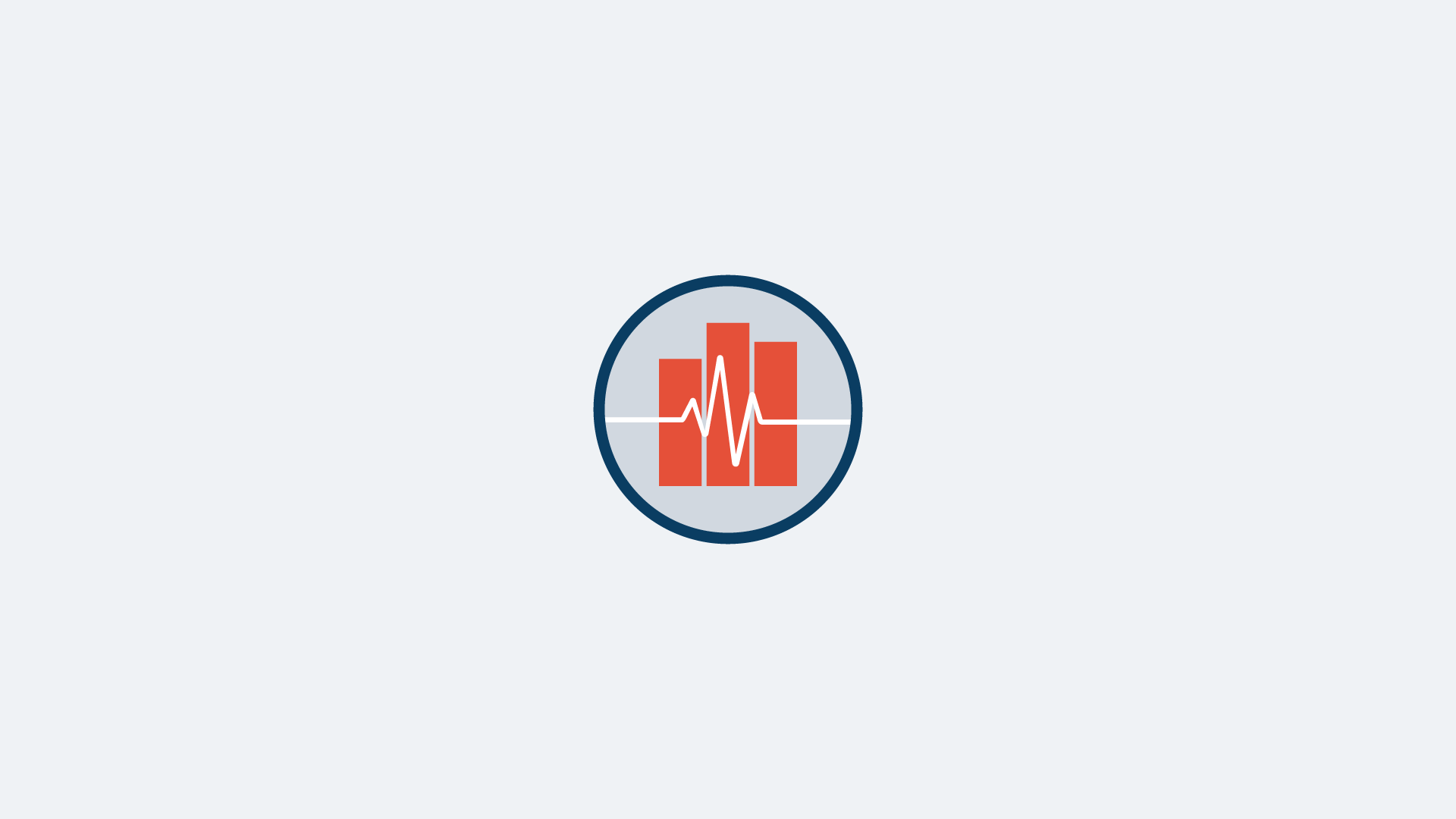 Read more: Mental Health and Respiratory Admissions Account for the Majority of Non-Newborn Children’s Hospitalizations from 2016-2020
Read more: Mental Health and Respiratory Admissions Account for the Majority of Non-Newborn Children’s Hospitalizations from 2016-2020Half of American children have health insurance coverage through an employer (typically as a dependent on a parent’s coverage). Therefore, a major asset of employer-sponsored insurance (ESI) claims data is the opportunity to understand more about how children use and experience the health care system. In this brief, we use HCCI’s unique national dataset encompassing…
-
Use of and Spending on Firearm-Related Injuries Increased among People with Employer-Sponsored Health Insurance from 2016-2020
 Read more: Use of and Spending on Firearm-Related Injuries Increased among People with Employer-Sponsored Health Insurance from 2016-2020
Read more: Use of and Spending on Firearm-Related Injuries Increased among People with Employer-Sponsored Health Insurance from 2016-2020The Centers for Disease Control and Prevention (CDC) reports that there were more than 45,000 firearm-related deaths in 2020; in addition, evidence suggests that there were an additional 2-3 nonfatal firearm injuries seen per death. Recent studies estimate that more than 200 people are injured by firearms each day, and the notable tragedies in 2022,…
-
HCCUR Data Point: Trends in Total (Administered and Prescription) Drug Spending in ESI
 Read more: HCCUR Data Point: Trends in Total (Administered and Prescription) Drug Spending in ESI
Read more: HCCUR Data Point: Trends in Total (Administered and Prescription) Drug Spending in ESITotal spending on drugs includes spending on prescription drugs (typically oral medications prescribed by a physician, picked up by a patient at a local pharmacy, and taken at home) and administered drugs (typically injected or infused under the supervision of a health care professional either in an outpatient facility or physician office). In HCCI’s Health Care Cost…
-
Employer-Sponsored Health Insurance Plays a Significant Role in Vulnerable and Rural Communities
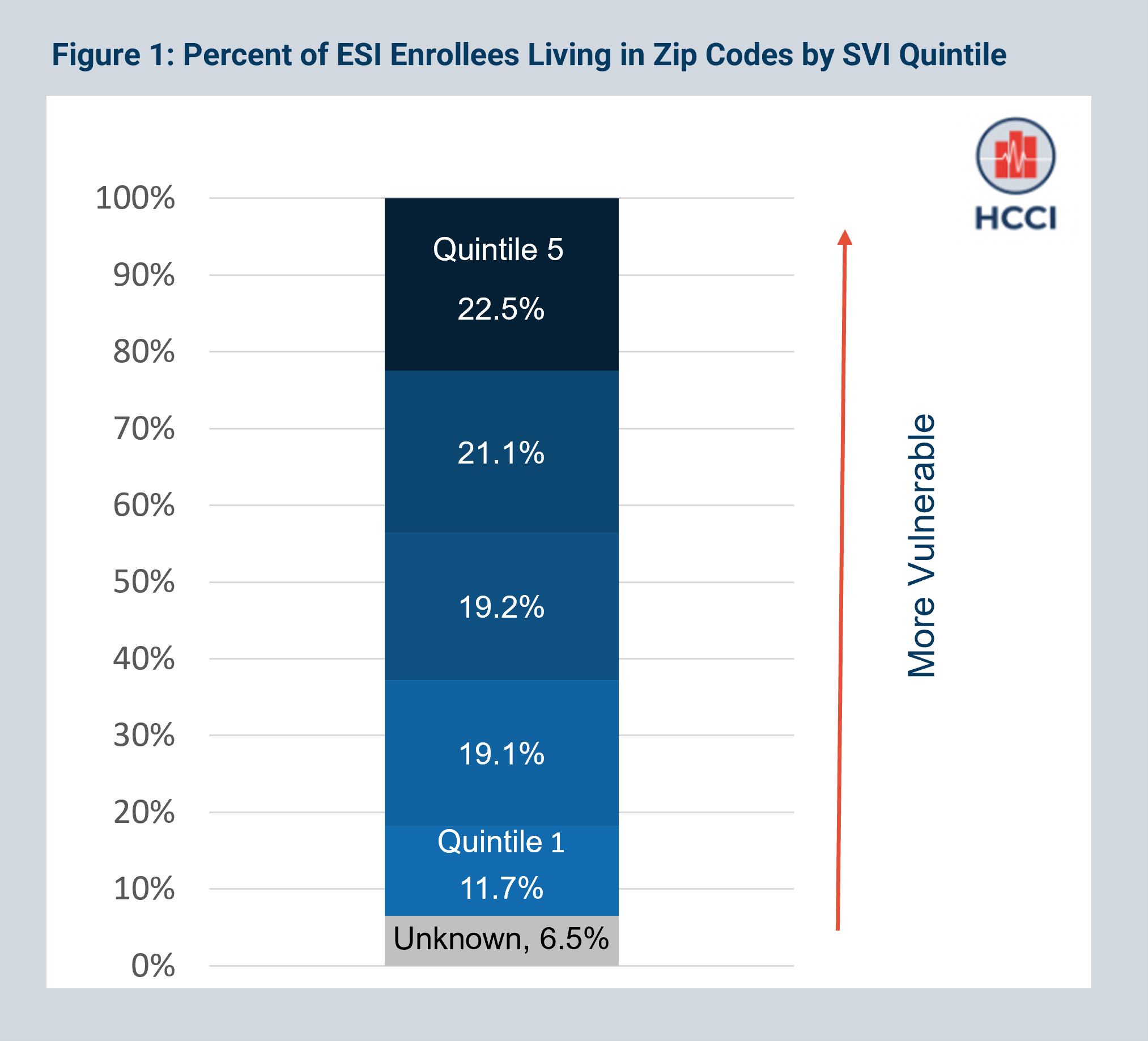 Read more: Employer-Sponsored Health Insurance Plays a Significant Role in Vulnerable and Rural Communities
Read more: Employer-Sponsored Health Insurance Plays a Significant Role in Vulnerable and Rural CommunitiesHealth care insurance claims data capture what health care services people use and how much they pay. These data are crucial for understanding the state of the U.S. health care system, including aspects that function well, those that need improvement, and how to achieve better health and access to care across populations. In this report,…

